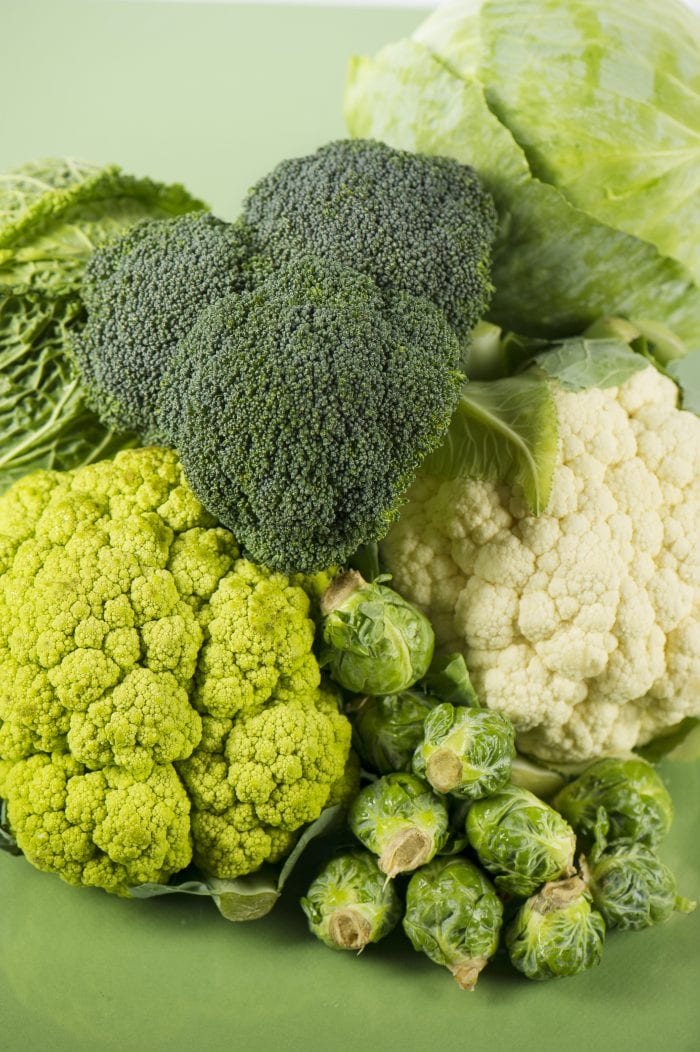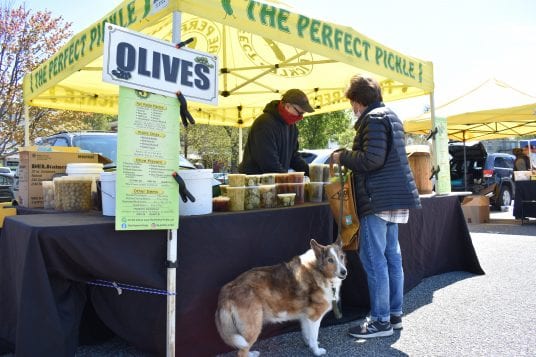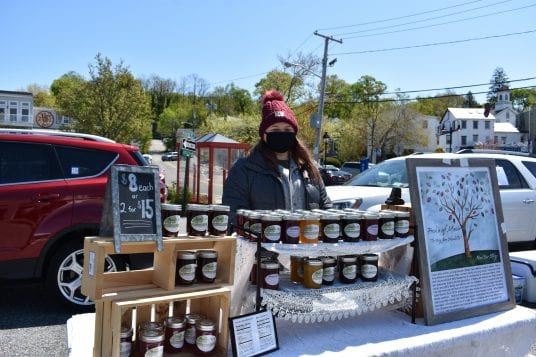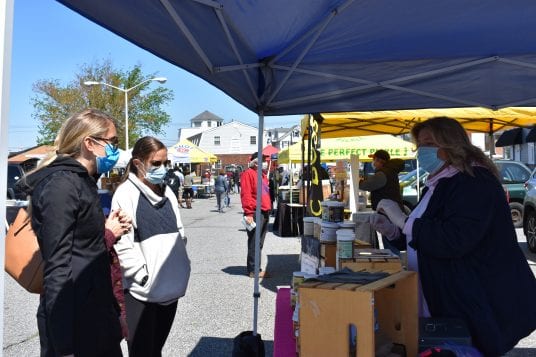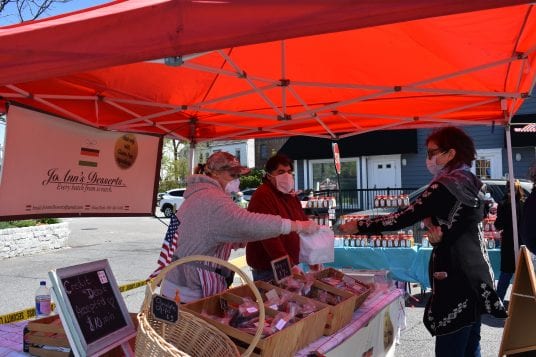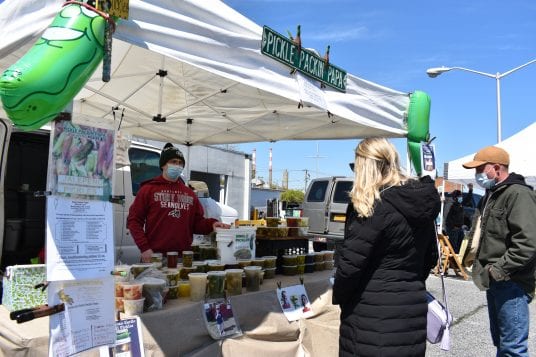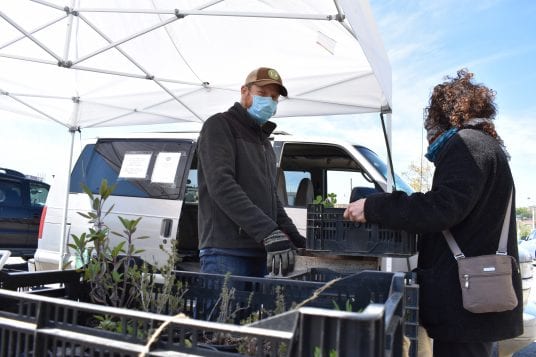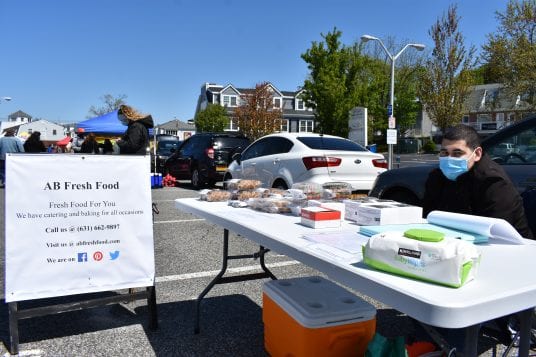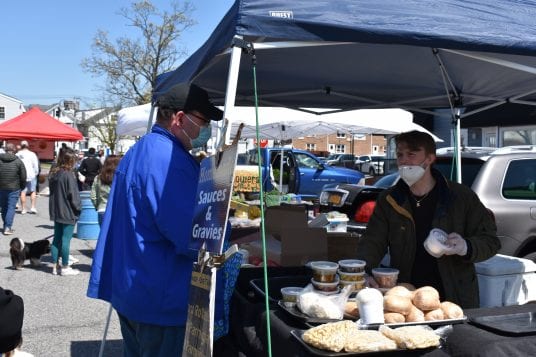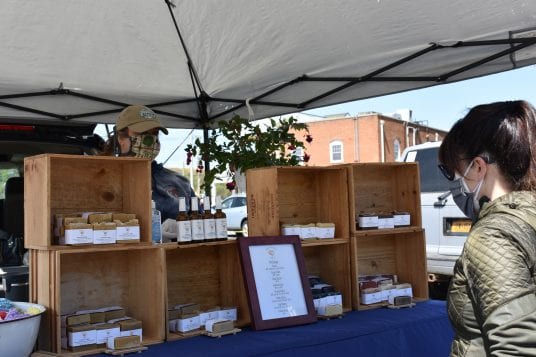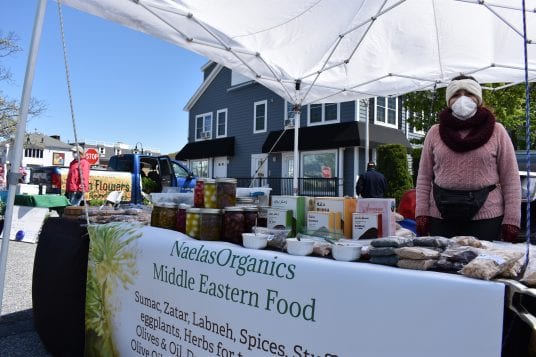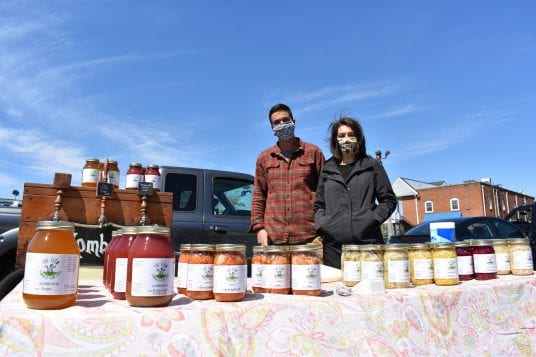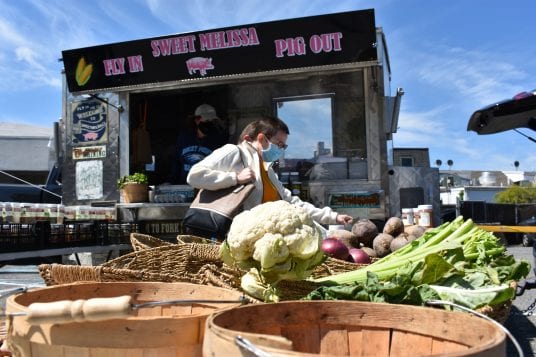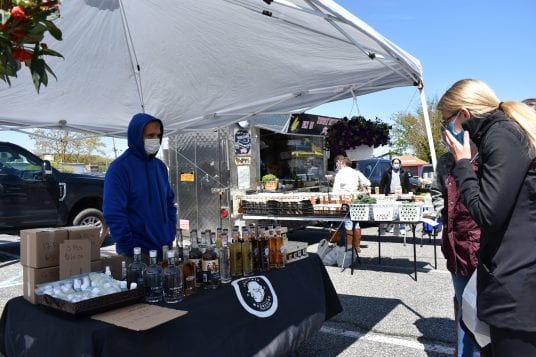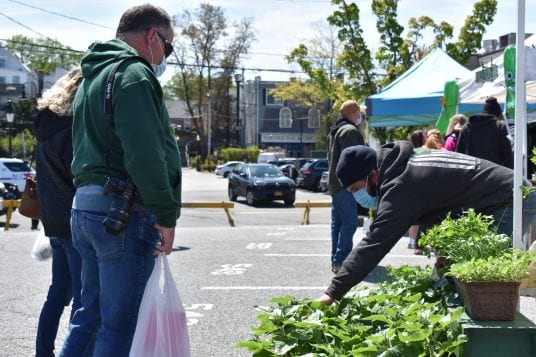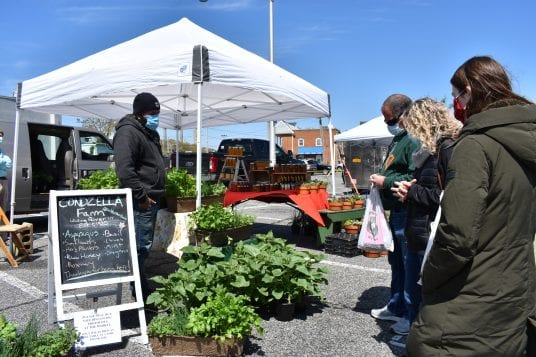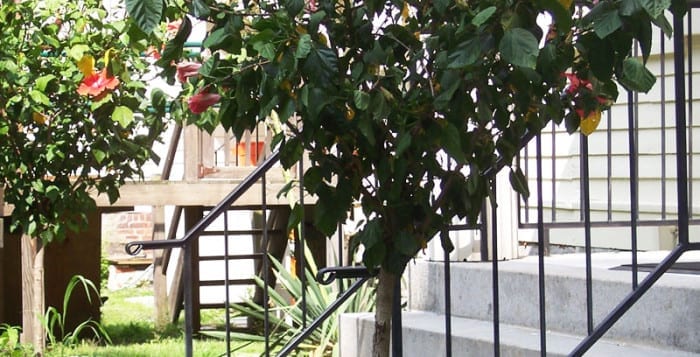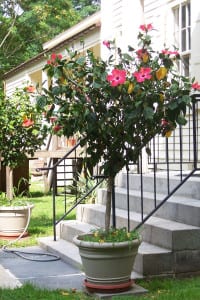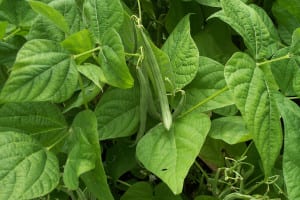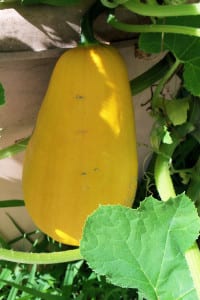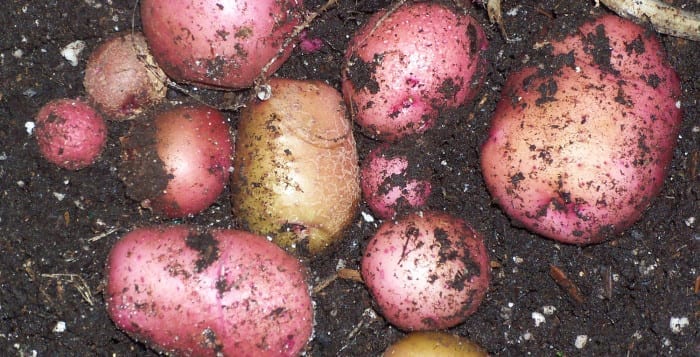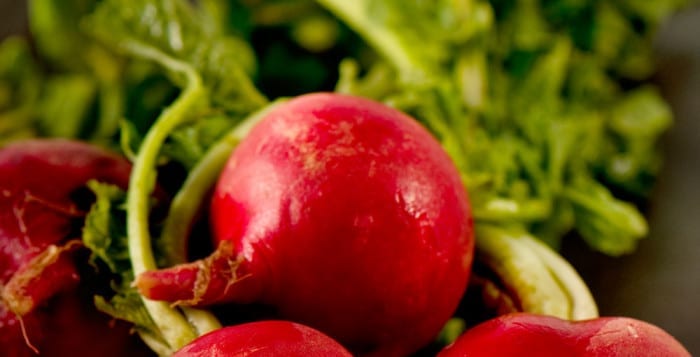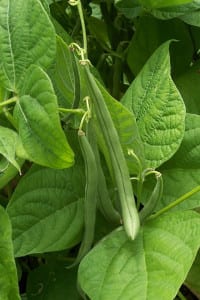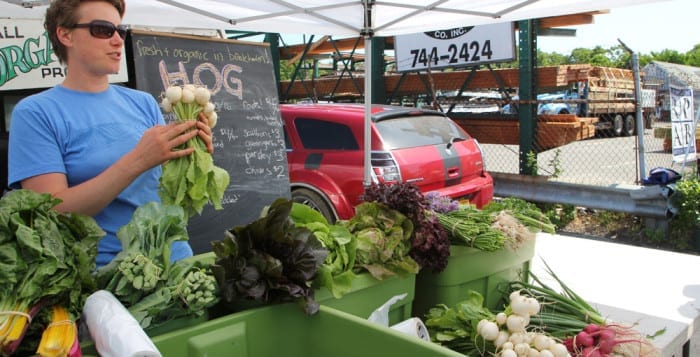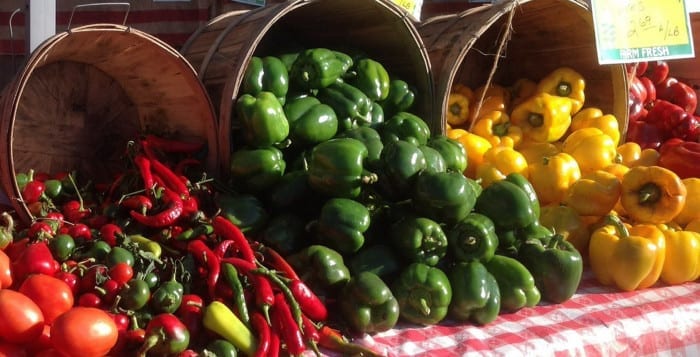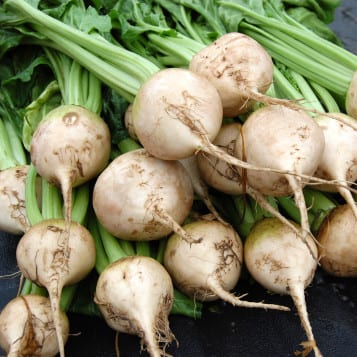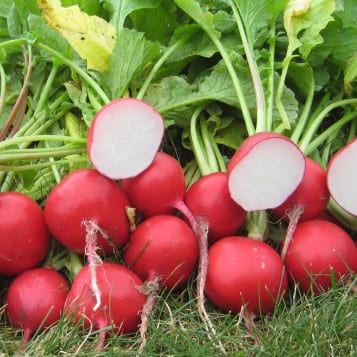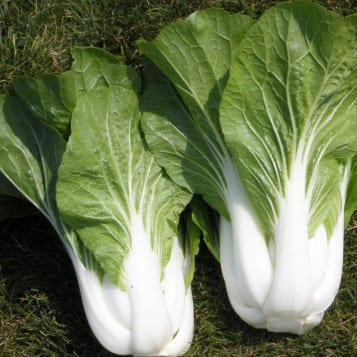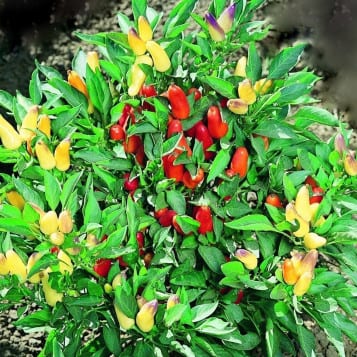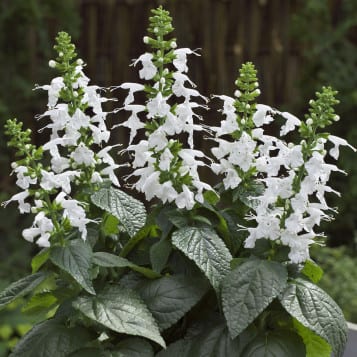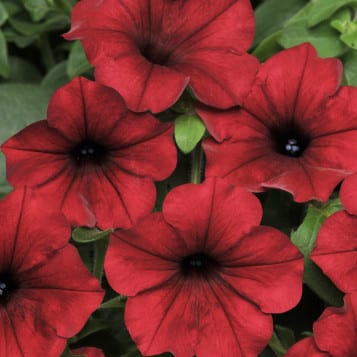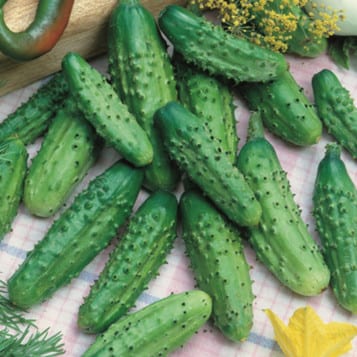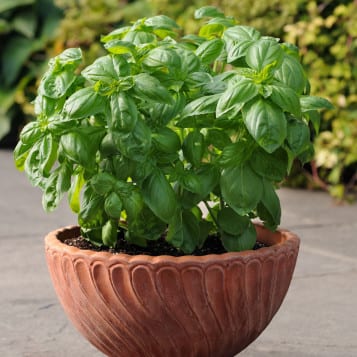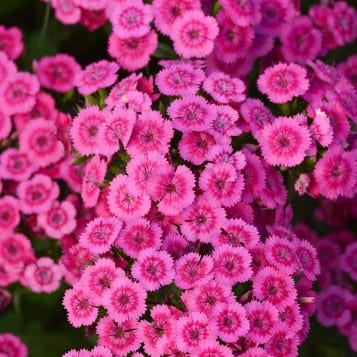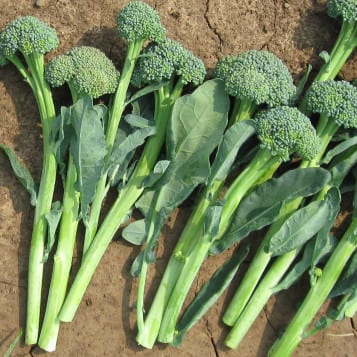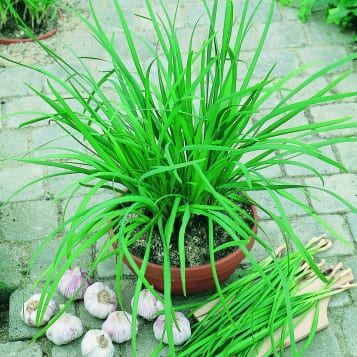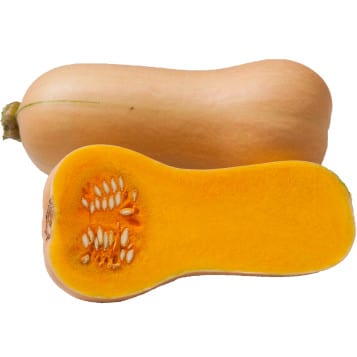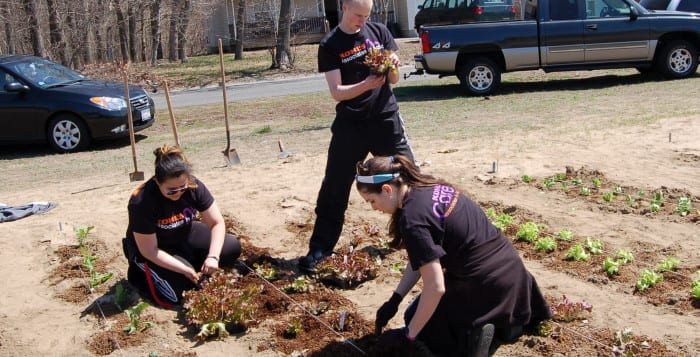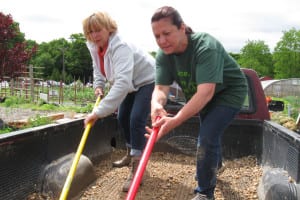Lifestyle changes can reduce your risk
By David Dunaief, M.D.

Acute pancreatitis is the most frequent gastrointestinal cause for patients to be admitted to a hospital (1). Typically, severe abdominal pain is what compels patients to go to the emergency room.
A rudimentary definition of pancreatitis is an inflammation of the pancreas. There are both acute and chronic forms. Acute pancreatitis, which is what we will address, is abrupt and of short duration. Acute types are characterized as mild, moderately severe and severe. Those with the mild type don’t experience organ failure or local complications, while those with moderately severe acute pancreatitis experience short-term or transient (less than 48 hours) organ failure and/or local complications. Those with the severe type have persistent organ failure (2).
Symptoms of acute pancreatitis
To diagnosis this disease, the American College of Gastroenterology guidelines suggest that two of three symptoms be present. The three symptoms include severe abdominal pain; enzymes (amylase or lipase) that are at least three times greater than normal; and radiologic imaging that shows characteristic disease findings (3). Most of the time, the abdominal pain is in the central upper abdomen near the stomach, and it may also present with pain in the right upper quadrant of the abdomen (4). Approximately 90 percent of patients also experience nausea and vomiting (5). In half of patients, there is also pain that radiates to the back.
Risk factors
Acute pancreatitis risk factors include gallstones, alcohol, obesity and, to a much lesser degree, drugs. Gallstones and alcohol may cause up to 75 percent of the cases (2). Many other cases of acute pancreatitis are considered idiopathic (of unknown cause). Although medications are potentially responsible for between 1.4 and 5.3 percent of cases, making it rare, the number of medications implicated is diverse (6, 7). These include certain classes of diabetes therapies, some antibiotics — metronidazole (Flagyl) and tetracycline — and immunosuppressive drugs used to treat ailments like autoimmune diseases. Even calcium may potentially increase risk.
Obesity’s role
In a study using the Swedish Mammography Cohort and the Cohort of Swedish Men, results showed that central obesity is an important risk factor, not body mass index or obesity overall (8). In other words, it is the fat in the belly that is very important, since this may increase risk more than twofold for the occurrence of a first-time acute pancreatitis episode. Those who had a waist circumference of greater than 105 cm (41 inches) experienced this significantly increased risk compared to those who had a waist circumference of 75 to 85 cm (29.5 to 33.5 inches). The association between central obesity and acute pancreatitis occurred in both gallbladder-induced and non-gallbladder-induced disease.
A more recent meta-analysis of 19 studies including almost 10,000 patients showed a direct association between BMI and acute pancreatitis severity and mortality (9). Those with a BMI over 25 had an almost three-fold increased risk of severe acute pancreatitis, when compared with those who had a normal BMI, and a BMI over 30 was associated with a three-times greater risk of mortality than those with a BMI under this threshold.
Diabetes risks
The pancreas is a critical organ for balancing glucose (sugar) in the body. In a meta-analysis (24 observational trials), results showed that more than one-third of patients diagnosed with acute pancreatitis went on to develop prediabetes or diabetes (10). Within the first year, 15 percent of patients were newly diagnosed with diabetes. After five years, the risk of diabetes increased 2.7-fold. By reducing the risk of pancreatitis, we may also help reduce the risk of diabetes.
Surgical treatments
Gallstones and gallbladder sludge are major risk factors, accounting for 35 to 40 percent of acute pancreatitis incidences (11). Gallstones are thought to cause pancreatitis by temporarily blocking the duct shared by the pancreas and gallbladder that leads into the small intestine. When the liver enzyme ALT is elevated threefold (measured through a simple blood test), it has a positive predictive value of 95 percent that it is indeed gallstone-induced pancreatitis (12).
If it is gallstone-induced, surgery plays an important role in helping to resolve pancreatitis and prevent recurrence. In a retrospective study with 102 patients, results showed that surgery to remove the gallbladder was better than medical treatment when comparing hospitalized patients with this disease (13). Surgery trumped medical treatment in terms of outcomes, complication rates, length of stay in the hospital and overall cost for patients with mild acute pancreatitis.
Can diet have an impact?
The short answer is: Yes. What foods specifically? In a large, prospective observational study, results showed that there was a direct linear relationship between those who consumed vegetables and a decreased risk of non-gallstone acute pancreatitis (14). For every two servings of vegetables, there was 17 percent drop in the risk of pancreatitis. Those who consumed the most vegetables — the highest quintile (4.6 servings per day) — had a 44 percent reduction in disease risk, compared to those who were in the lowest quintile (0.8 servings per day). There were 80,000 participants involved in the study with an 11-year follow-up. The authors surmise that the reason for this effect with vegetables may have to do with their antioxidant properties, since acute pancreatitis increases oxidative stress on the pancreas.
References:
(1) Gastroenterology. 2013 Jun; 144(6): 1252–1261. (2) Gastroenterol. 2013 Sep; 108(9):1400-1415. (3) Am Fam Physician. 2014 Nov 1;90(9):632-639. (4) JAMA. 2004;291:2865-2868. (5) Am J Gastroenterol. 2006;101:2379-2400. (6) Gut. 1995;37:565-567. (7) Dig Dis Sci. 2010;55:2977-2981. (8) Am J Gastroenterol. 2013;108:133-139. (9) World J Gastroenterol. 2019 Feb 14; 25(6): 729–743. (10) Gut. 2014;63:818-831. (11) Gastroenterology. 2007;132:2022-2044. (12) Am J Gastroenterol. 1994;89:1863-1866. (13) Am J Surg online. 2014 Sept. 20. (14) Gut. 2013;62:1187-1192.
Dr. David Dunaief is a speaker, author and local lifestyle medicine physician focusing on the integration of medicine, nutrition, fitness and stress management. For further information, visit www.medicalcompassmd.com.

